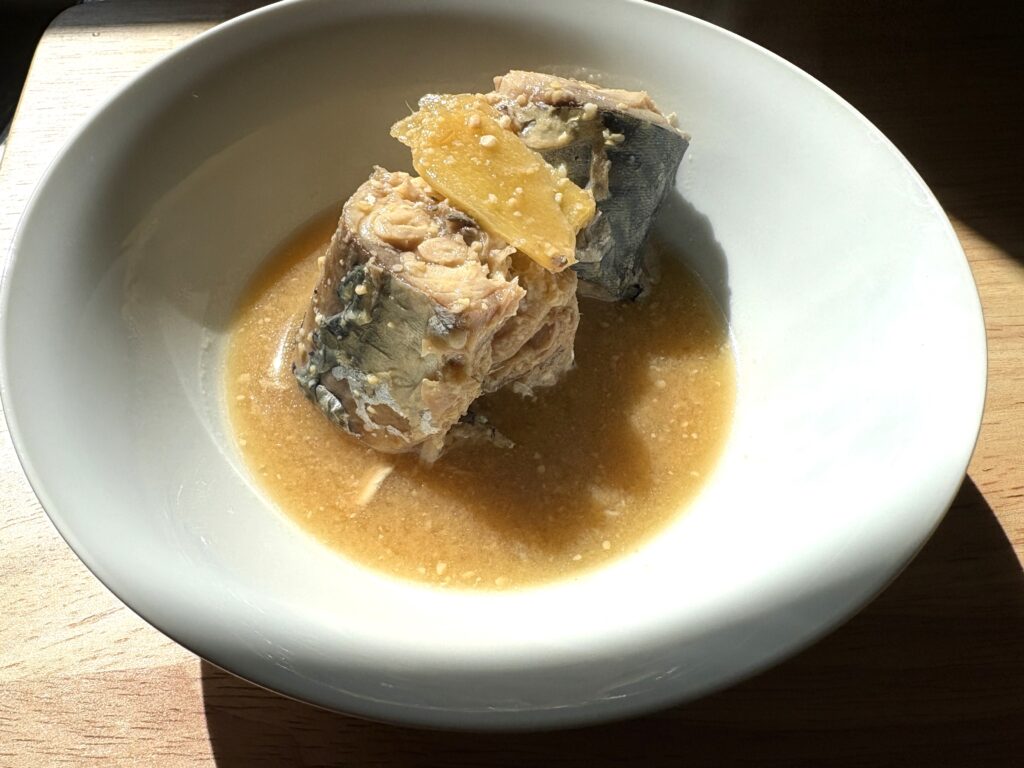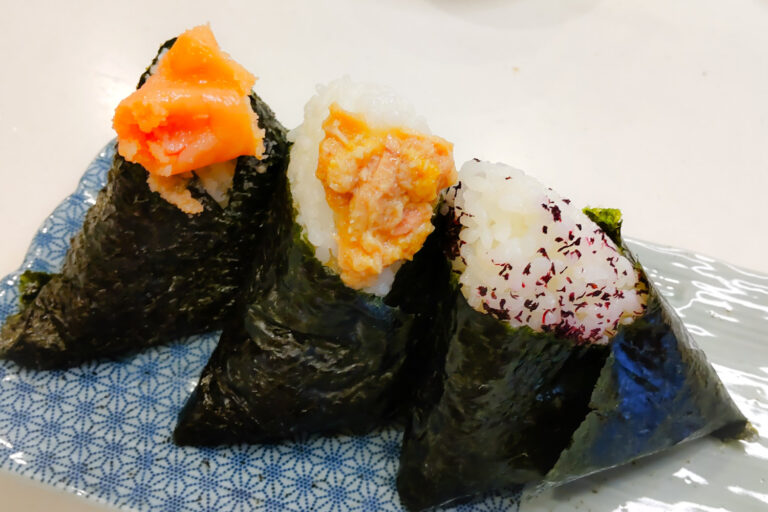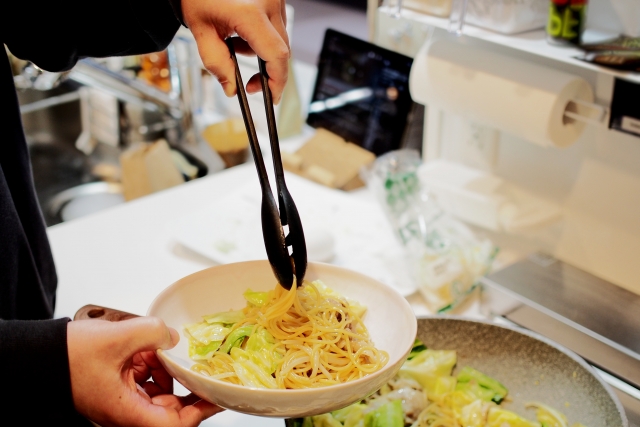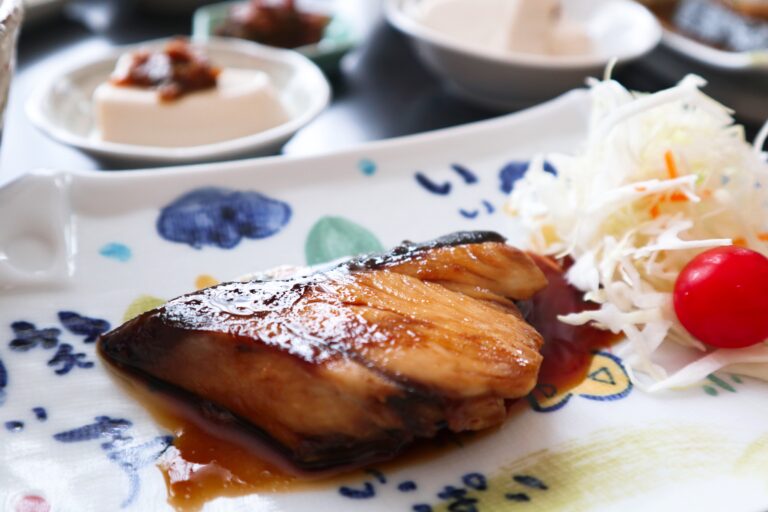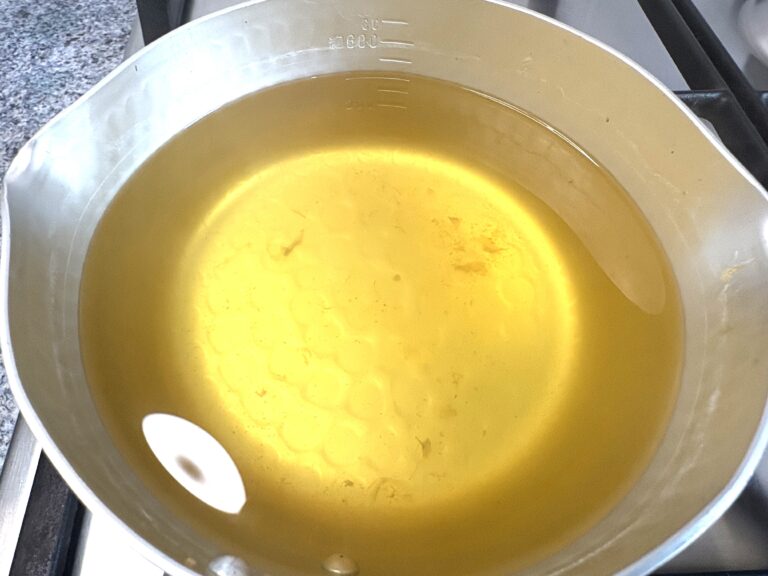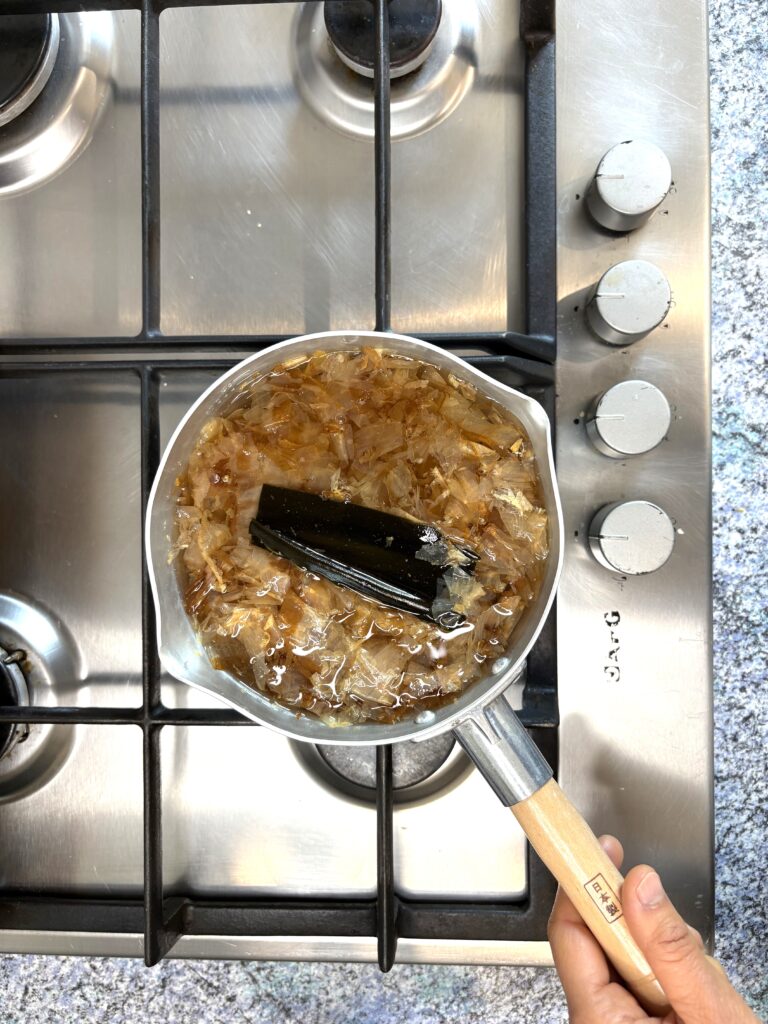Dear Japanese Food Lovers,
Hello from Aiko at isfor WA, Oxford!
Japan has a long tradition of using fermentation to enhance both flavour and nutrition. From the rich umami of miso soup to the gentle tang of pickled vegetables, fermented foods are deeply woven into Japanese daily life.
Why Fermented Foods?
Fermentation is a natural process in which microorganisms such as bacteria, yeast, or mould transform ingredients, creating unique flavours while improving digestibility and nutritional value. Many Japanese fermented foods are rich in probiotics – beneficial bacteria that help maintain a healthy balance in your gut.
Examples of Japanese Fermented Foods
- Miso – A paste made from fermented soybeans and koji (a fermentation starter), used in soups, marinades, and sauces.
- Shōyu (Soy Sauce) – Adds a deep savoury flavour to countless dishes.
- Natto – Fermented soybeans with a distinctive aroma and sticky texture, known for its high vitamin K2 content.
- Tsukemono (Pickles) – Vegetables preserved in rice bran, miso, or salt, offering both crunch and probiotics.
Fermented Foods and Gut Health
A healthy gut can support digestion, boost immunity, and even influence mood and energy levels. Regularly including fermented foods in your diet may help maintain a balanced gut microbiome – the community of microorganisms that live in your digestive tract.
Did you know? Miso isn’t just for soup – you can use it to marinate meat or fish, mix it into salad dressings, add a spoonful to your meat sauce for extra depth, and even stir it into desserts. I’ll be sharing these ideas on isfor WA too!
Happy Cooking!
Aiko
isfor WA

